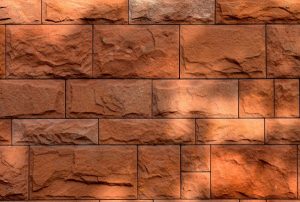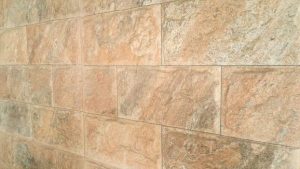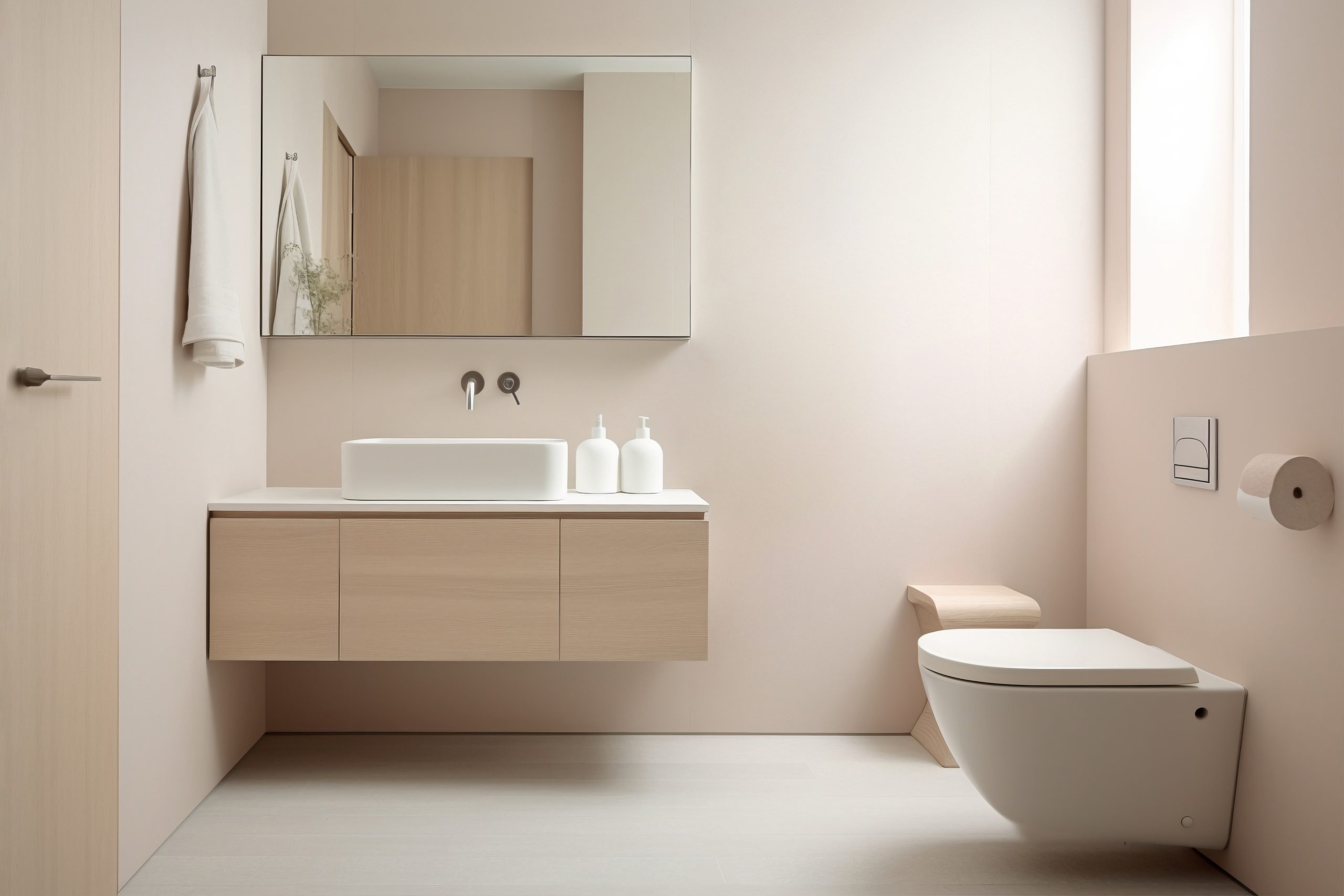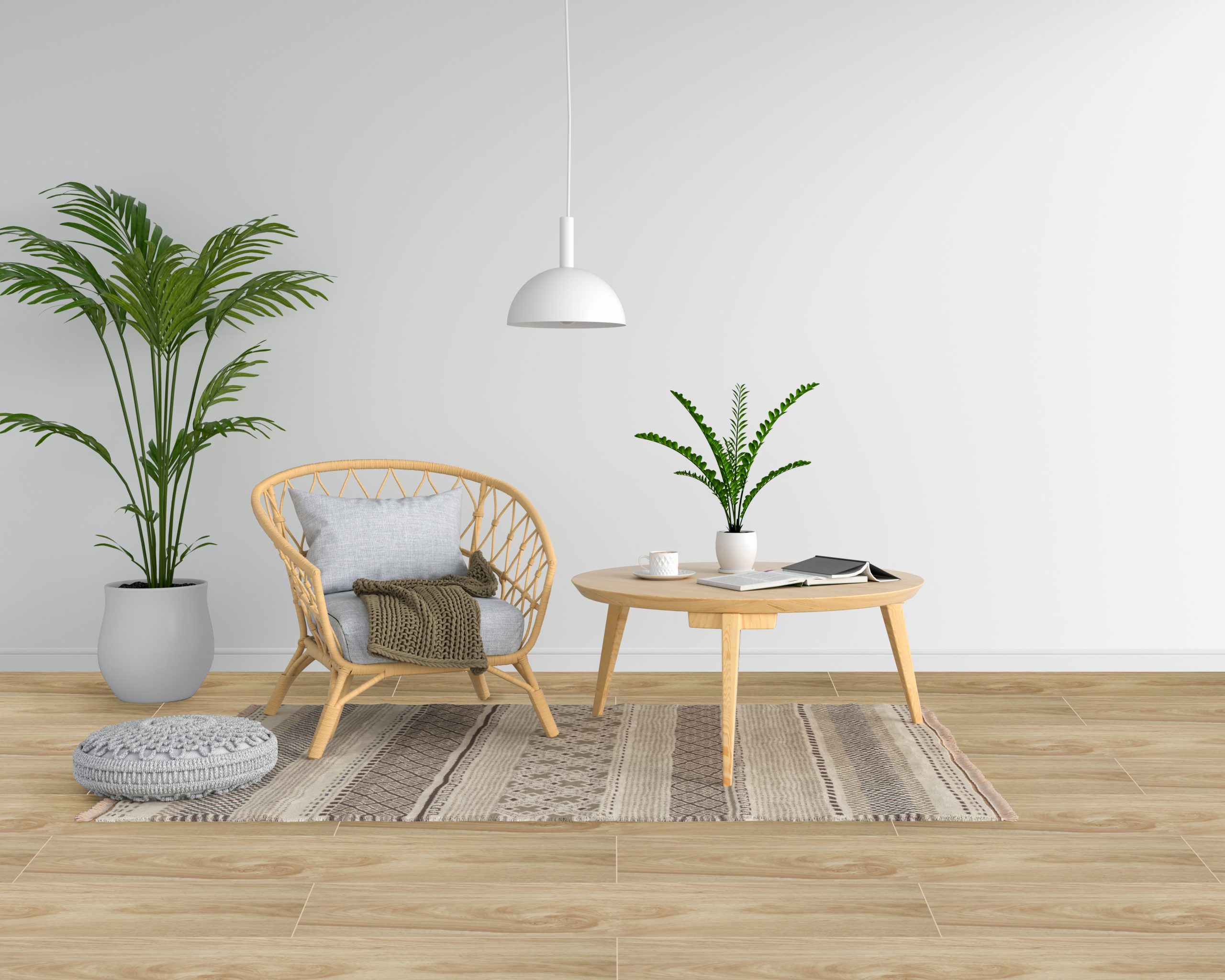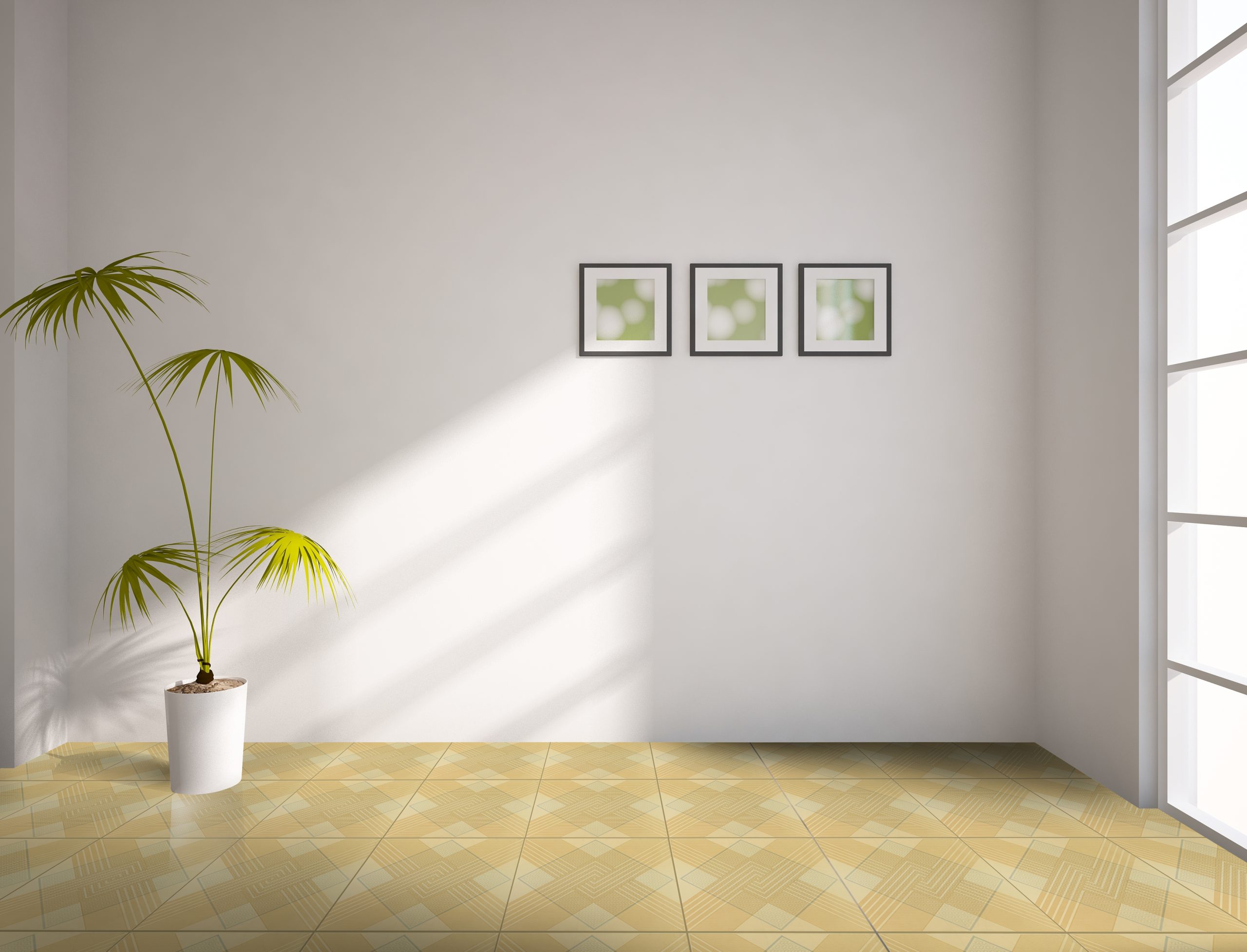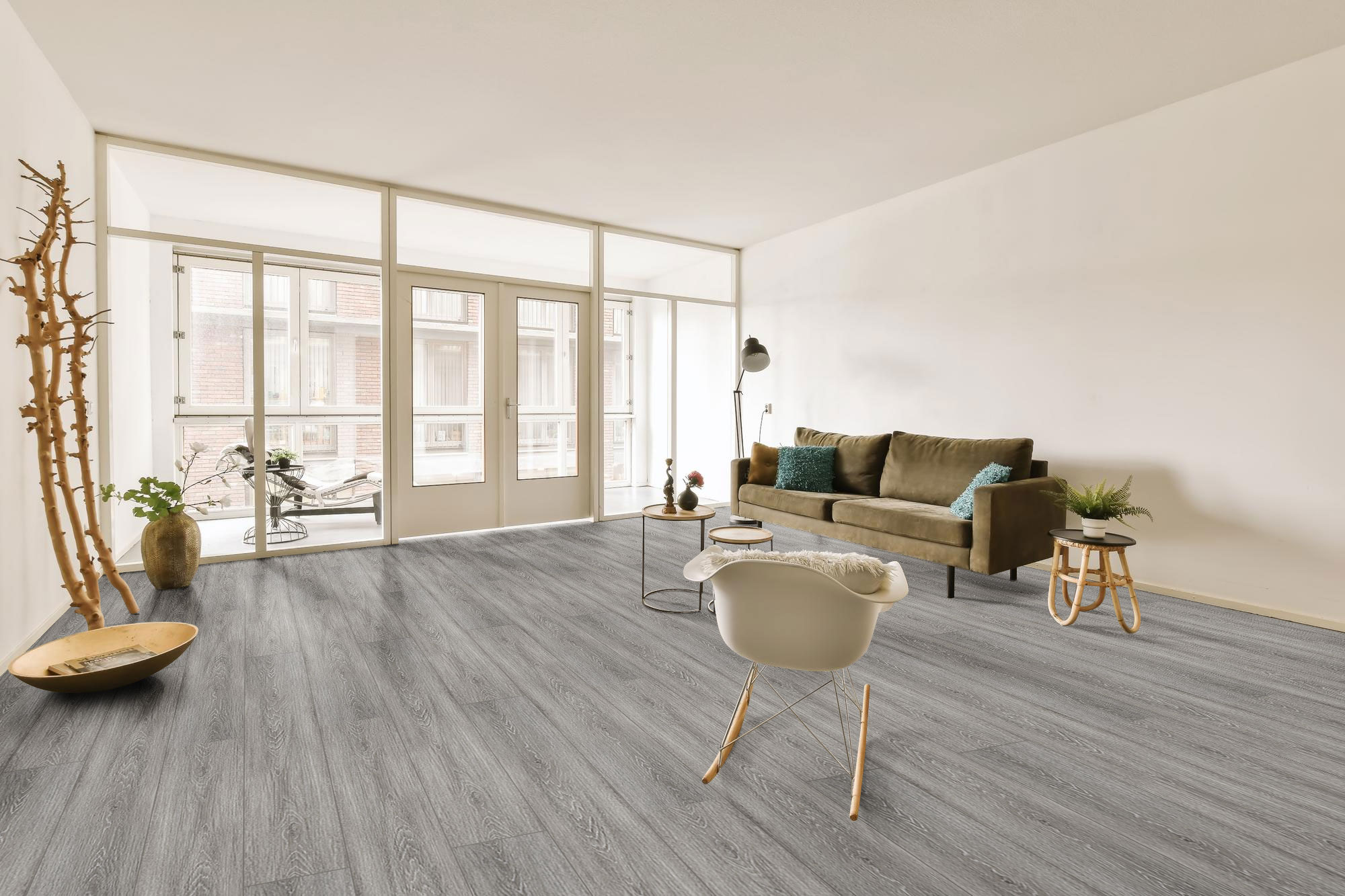What tile is perfect for which part of your home?
- Ceramic Tiles –Kitchen
- Vinyl Tiles –Bedroom
- Natural Stone Tiles – Nature
The home of the Filipino can take any shape or form. Thanks to the advances of modern architecture and design, Filipino households can be whatever you want them to be, may it be in terms of practicality, aesthetics, or simply suitability for the everyday Filipino. When it comes to a home, there are numerous aspects one must always remember to take into consideration—and with that said, homogeneous tiles for Philippine households can be one aspect of a home you can definitely take into consideration!
In the Philippines, Homogeneous tiles are popular as it is since these tiles can be used for any project there is. But of course, it has its share of preferred areas. When based on practicality alone, different kinds of tiles are better suited for different areas in the house. At the same time, most people would look at how the design will fit the entirety of their home.
There are many kinds of tiles available in the market, however, some of them are more popular than the other because of its practicality and aesthetic value. With that in mind, here is the ideal type of tile that is perfect for every part of your home, both practically and aesthetically:

Ceramic Tiles – Flooring for the Kitchen
There is no doubt that ceramic tiles are the best tiles for your kitchen. It is durable, easy to maintain and comes in a variety of sizes, shapes, textures, and colors. It is the most flexible when it comes to decorating, and also boasts a number of resistances. In fact, another thing that’s great about these kinds of tiles is that not only are they great for the kitchen (which we will get to in the next paragraph), but pretty much anywhere indoors!
The kitchen is considered to be a high traffic area, especially when cleaning. It would also be prone to a lot of spills and other dirt because of cooking. With that being said, the best tile for it needs to be durable, resistant to spills and dirt, and of course, easily maintained.
All of that, along with an incredible amount of customization is offered by ceramic tiles.

Vinyl Tiles – Stay Comfortable in your Bedroom
Same with ceramic and porcelain tiles, vinyl tiles are also durable, easy to clean and resistant to stains. What sets it apart is how most vinyl tiles are generally soft which makes them very comfortable for people who are walking bare-footed. As compared to other tiles, vinyl tiles are relatively easier to install, repair and replace.
The bedroom is more commonly known as the one place where some people can be the most comfortable. People do so many things in their bedrooms that the flooring that you should use must be able to withstand multiple stains and dirt. It should also be very easy to clean and replace when the time comes.
The only disadvantages that vinyl tiles have would be the fact that it chips easily and is sensitive to high heat. Because of this, it is not recommended for any kind of outdoor use.
Natural Stone Tiles – Show off a feel of Nature
Commonly referred to as one of the most elegant and luxurious tiles in the market, natural stone tiles consist of a group of mountain-born mineral substances that stand in contrast to any synthetic stone products. Some of the most common stones used in flooring include slate, marble, limestone, travertine, sandstone, and granite.
Natural stone tiles are very different when compared to porcelain and ceramic tiles.
When you use this kind of floor tile, you will never get one with the same pattern. Every kind of tile is entirely unique.
It is the best kind of tile to use when you aim for a more natural look for your home. The downside of using natural stone tiles is the fact that is not scratch resistant. There are also some stones that are very brittle that they chip easily.
Key Takeaway
There are so many kinds of tiles out there that can be used for either flooring or wall tiles. each kind of tiles has their advantages and disadvantages. They are also made differently, making each kind of tile perfectly suitable for some part of your home, or any establishment. In many Philippine homes, Homogeneous tiles are used in a variety of ways. When planning out how to use tiles, make sure that you consider both its practicality and its aesthetics, especially with each specific part of your home. That way, laying your tiles will be as easy as it gets!
So, if you’re considering different types of tiles for every part of your home, be sure to lay out your options! With that much variety of how much you can use, you’ll never run out of options anytime soon—plus, you’ll have numerous backups in case one type of tile doesn’t meet your expectations.

